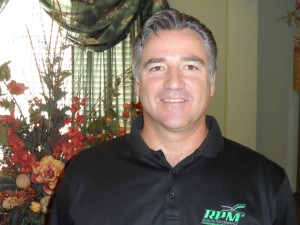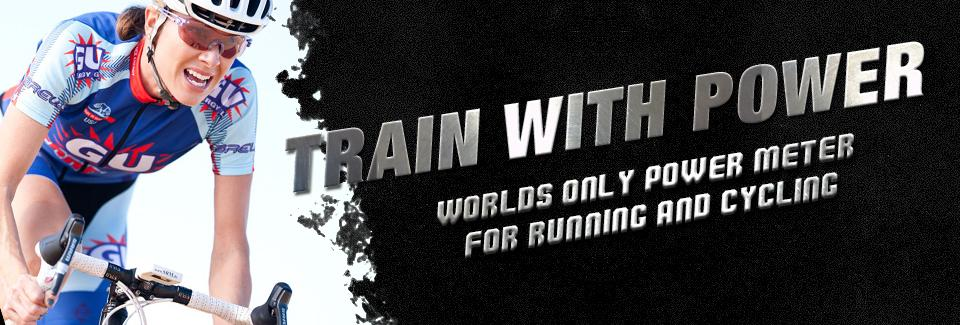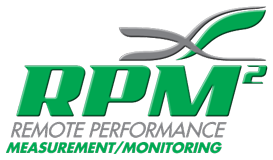 Our RPM2 products were conceived by CEO Johnny Ross while he underwent physical therapy and rehabilitation for knee surgery. A former baseball player for Texas Tech, the lifelong athlete underwent a Carticel procedure to repair damaged cartilage in the knee, a common overuse injury among athletes. This innovative surgery involves first taking a biopsy of a patient’s own cartilage cells and culturing them in a laboratory, causing them to multiply exponentially. The second step of the procedure involves removing damaged areas of cartilage in the knee and injecting the cultured cells into the surgical area. Placed beneath a special patch, these cells then grow and form healthy new cartilage in the knee.
Our RPM2 products were conceived by CEO Johnny Ross while he underwent physical therapy and rehabilitation for knee surgery. A former baseball player for Texas Tech, the lifelong athlete underwent a Carticel procedure to repair damaged cartilage in the knee, a common overuse injury among athletes. This innovative surgery involves first taking a biopsy of a patient’s own cartilage cells and culturing them in a laboratory, causing them to multiply exponentially. The second step of the procedure involves removing damaged areas of cartilage in the knee and injecting the cultured cells into the surgical area. Placed beneath a special patch, these cells then grow and form healthy new cartilage in the knee.
While this procedure was preferable to a total knee replacement, Ross still underwent an arduous healing process with no definitive method of measuring his progress during rehabilitation, especially when he was away from the rehab facility. During this time, Ross began to understand the need for a device that would measure bi-lateral equivalence and monitor progress associated with achieving bi-lateral symmetry.
Overuse Injuries of the Knee
When a repeated action causes a knee problem, it is called an overuse injury. The signs often present themselves slowly and worsen over time. Bursitis, which is an inflammation of the fluid-filled sacs that act as cushions among the bones, tendons, and muscles, is a common overuse injury. Patellar tendinitis is an inflammation of the tendon that connects the patella (kneecap) to the quadriceps muscle. Another common knee injury is “runner’s knee,” or patellofemoral pain syndrome. This painful injury, the result of a softening of the cartilage under the patella or a muscle weakness, causes the kneecap to move abnormally over the femur.
In the early stages, all of these injuries can be reversed with conservative measures, including rest and working on body mechanics, along with medical attention if necessary.
Measuring and Monitoring Bi-Lateral Equivalence
RPM² is a device that provides data to help athletes work on becoming bi-laterally equivalent (symmetrical) in their training. This can help the athlete in many ways.
To help yourself achieve bilateral equivalence, give our RPM2 footbed products a try. Also, subscribe to our blog by entering your email in the subscription bar on the right side of our page to stay up to date on the latest news and tips for runners and cyclists.








